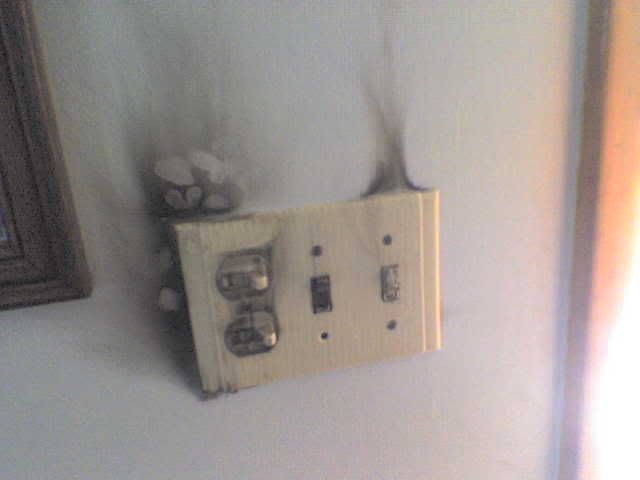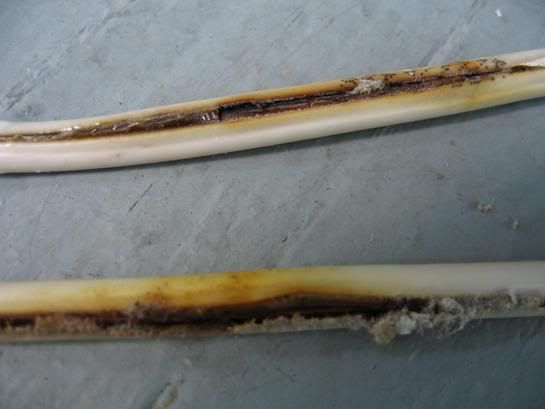Remove every branch circuit conductor from its termination in the panel.
Remove all lamps in the house
Unplug all cord and plug connected loads in the house
Remove all dimmers and wirenut line to load
Remove all GFCI receptacles and wirenut line to load.
Turn all single pole switches to the 'on' position.
Megger check all the branch circuits hot to ground and neutral to ground. Investigate and correct any non-conformities at this time. (do not megger hot to neutral or hot to hot yet!).
Megger check at low voltage hot to neutral and hot to hot (for the 240's). Investigate and correct any nonconformities or disconnect any forgotten loads. Recheck at low voltage to confirm that all loads are indeed disconnected. Now you can do your full voltage check hot to neutral and hot to hot.
Loads you're likely to overlook are attic fans, chime transformers, underground feeds, furnaces, dishwashers, well pumps, etc. These loads still need checked hot to ground and neutral to ground to evaluate for the need of possible replacement. Don't megger a load hot to hot or hot to neutral unless you want to buy it. Make sure your bill or invoice specifically disclaims anything to do with any cord and plug connected loads.
Naturally, you'll want to visually examine everything. Some problems will be highly visible and obvious. A good number of years ago I was on one her the panel cover was blown free of the back box; screws stripped clean off. A shopping center had the breaker for the parking lot lights blown to smithereens. Here's a set of switches from one more recently:


